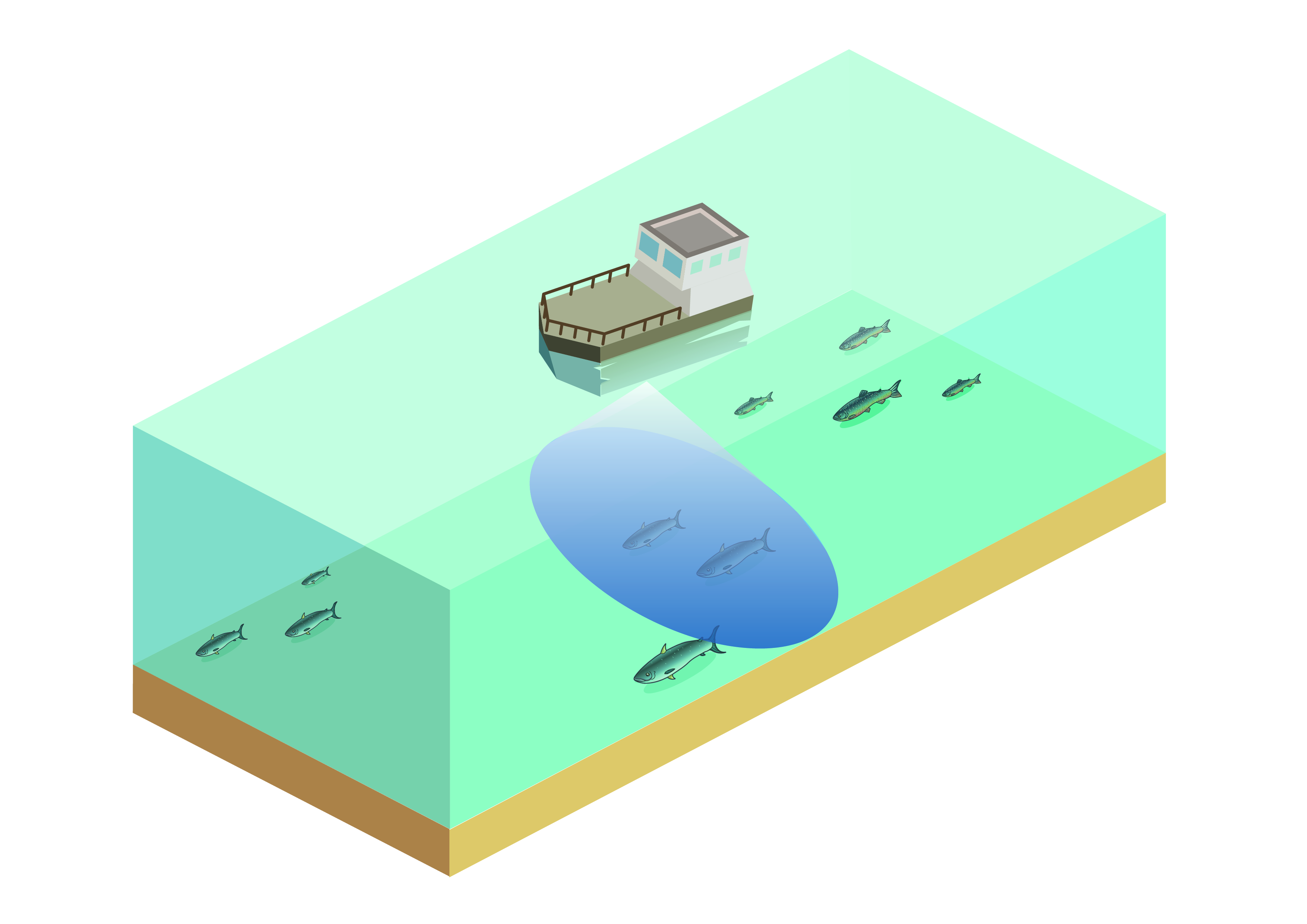09/01/2016

Study shows that fish are still present in the Doce River system impacted by the accident.
A study performed by a specialized consultancy firm, ACQUA Consultoria, confirms that there are still fish, both individuals and shoals, living in the Doce River.
The study was carried out between December 3-11, 2015, focusing on 215 points along the water way, and evaluating 23 sections of the river between the mouth of the Doce River and the dam of the Risoleta Neves hydropower plant. The objective was to evaluate the existence of fish along this stretch of 670 km of the Doce River, taking into account both the areas that were affected by the turbidity plume resulting from the accident in Mariana, and those that were not affected, such as tributaries of the Doce River.
With sonar attached to a boat with an outboard motor, each one of these sections of the river was inspected adopting a zigzag course, recorded simultaneously with GPS and video (with images of the water column).
This method was chosen due to the quick feedback, without any need for capturing or killing any fish. In any case, bearing in mind the primary objective of the diagnostic, which was to detect the presence of fish, the conventional methods (nets, cast nets, etc.) could result in false negative findings. In other words, when there are fish but these are not caught, and this therefore does not represent the reality, as explained by biologist and ichthyofauna expert Fabio Vieira, who works for ACQUA Consultoria and has been studying the aquatic life of the Doce River for over twenty years.
Next steps
All of the data collected by the ACQUA team are being analyzed to obtain an accurate idea of the number of fish registered in the river channel, and also of the differences between one area and another. The conclusions will be available in a few weeks, when it will be possible to provide more details. Subsequent analyses using the same technique should bring additional input about the rehabilitation process of the affected areas. To complement this information, monitoring studies will be performed of the ecological indexes and of the fish species to determine the identity of the species present.